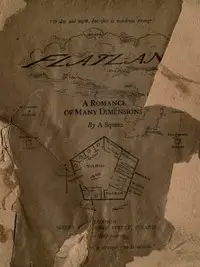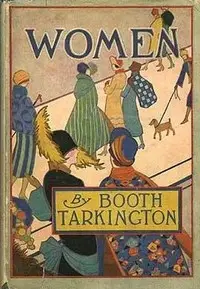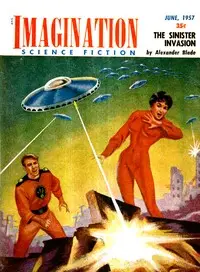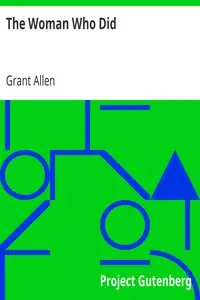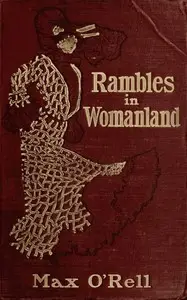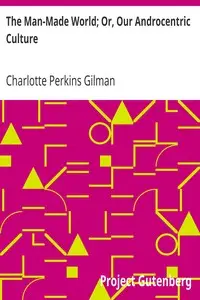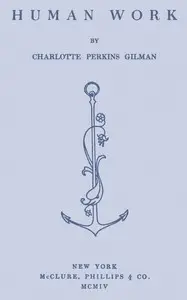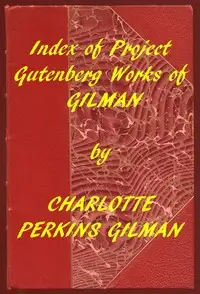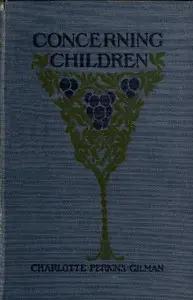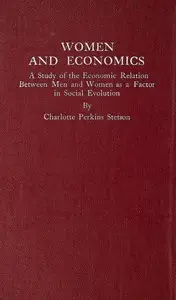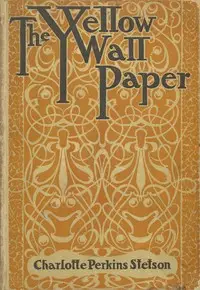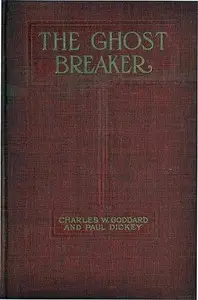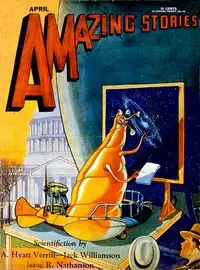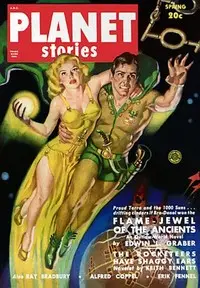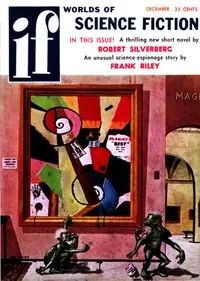"Herland" by Charlotte Perkins Gilman is a thought-provoking story that imagines a world ruled only by women, questioning how we organize societies and view each other based on gender. Three adventurous men stumble upon this hidden land full of surprises. As they discover a civilization of only women, the friends find their assumptions challenged. One man sees an opportunity for romance, another a land to conquer, and the third, a beautiful ideal. Their encounters force them to confront their own biases and the very foundations of their understanding of relationships. The book isn't just about a strange new place, it's about looking at our own world differently.
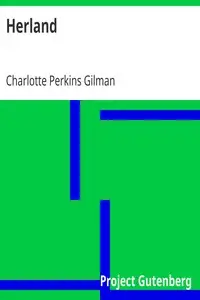
Herland
By Charlotte Perkins Gilman
Three men seeking adventure find more than they bargained for when they uncover a hidden world governed by the wisdom of women alone.
Summary
About the AuthorCharlotte Perkins Gilman, also known by her first married name Charlotte Perkins Stetson, was an American humanist, novelist, writer, lecturer, early sociologist, advocate for social reform, and eugenicist. She was a utopian feminist and served as a role model for future generations of feminists because of her unorthodox concepts and lifestyle. Her works were primarily focused on gender, specifically gendered labor division in society, and the problem of male domination. She has been inducted into the National Women's Hall of Fame. Her best remembered work today is her semi-autobiographical short story "The Yellow Wallpaper", which she wrote after a severe bout of postpartum psychosis.
Charlotte Perkins Gilman, also known by her first married name Charlotte Perkins Stetson, was an American humanist, novelist, writer, lecturer, early sociologist, advocate for social reform, and eugenicist. She was a utopian feminist and served as a role model for future generations of feminists because of her unorthodox concepts and lifestyle. Her works were primarily focused on gender, specifically gendered labor division in society, and the problem of male domination. She has been inducted into the National Women's Hall of Fame. Her best remembered work today is her semi-autobiographical short story "The Yellow Wallpaper", which she wrote after a severe bout of postpartum psychosis.

